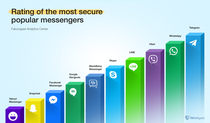
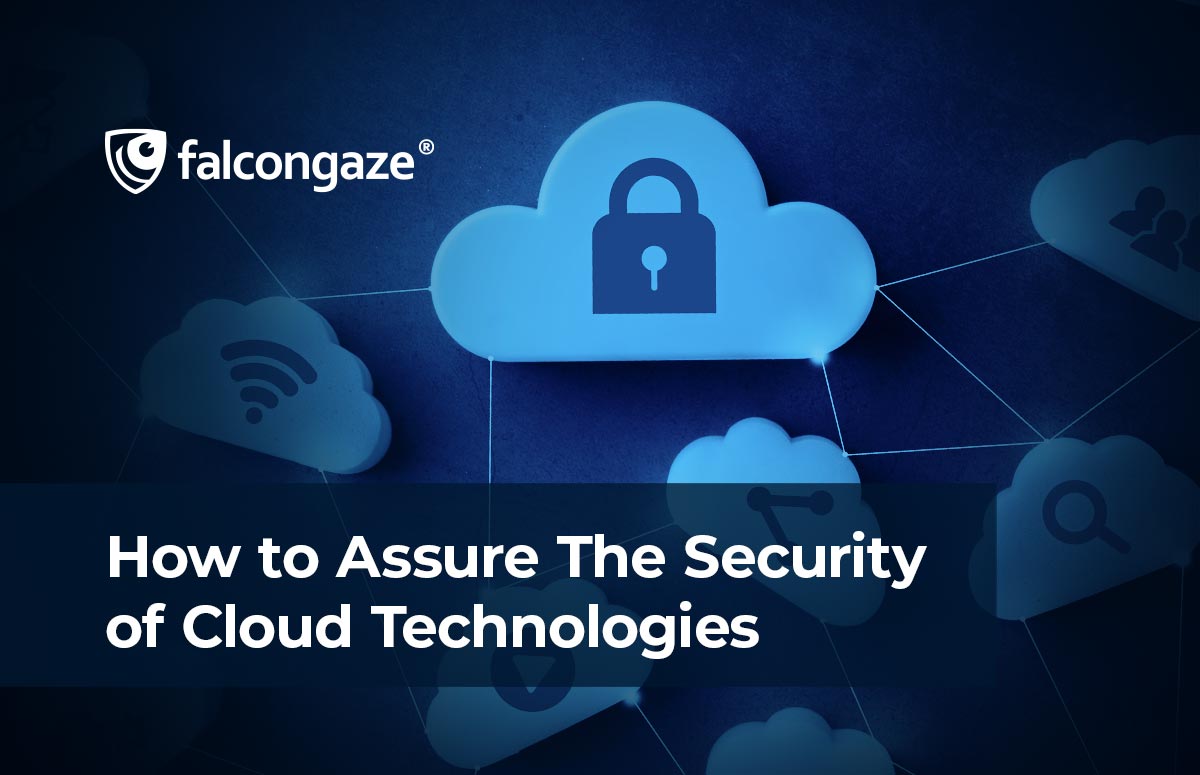
How to Assure The Security of Cloud Technologies
The main advantage of storage is that it allows you to host critical applications faster than any other method. This requires:
- flexible resource management;
- the ability to scale and move them;
- availability of applications with access to data in real time;
- the ability to quickly update applications in accordance with my popular trends.
At the same time, employees and customers get access to critical information in real time - wherever they are and wherever they use it. Security is a critical component of any environment, especially as cybercriminals seek to exploit a rapidly expanding attack surface.
But to achieve high efficiency, security technology must have the same flexible and dynamic infrastructure as the protected cloud infrastructure itself. Security systems for every connection to every physical or virtual device in a distributed infrastructure. Typically, leaks occur as a result of cybercriminals exploiting the weakest link in the attack surface.
In many organizations, cloud adoption is expanding the turning surface exponentially. Eliminating these weak links requires a consistent level of security across the board, even when the infrastructure is constantly changing.
A new perspective on security
Without a powerful, integrated, and automated security infrastructure to encompass, expand, and adapt to your entire network, you are out of control and blind, and today's cybercriminals will readily exploit this weakness.
You need to ensure that your security solutions work in concert. Choosing a cloud firewall from the same vendor whose products protect physical organizations does not guarantee this solution. However, while the underlying technology used to secure networks is significantly different from the technologies used to secure cloud resources. This is why natural integration into the cloud infrastructure is critical.
Native cloud security
As data and workflows must move throughout the infrastructure and in the cloud, security solutions must work in harmony. Choosing a cloud firewall from the same vendor whose products also protect the physical assets of an organization does not necessarily guarantee a solution to this problem. However, while the underlying technology used to secure networks is significantly different from the technologies used to secure cloud resources, the practice of managing security aspects should remain the same. This is why natural integration into the cloud infrastructure is critical.
This problem is compounded by the fact that cloud environments are very different from each other, and it is not uncommon for organizations to use a heterogeneous set of technologies with disparate security controls in different cloud environments. This can create additional coordination and security challenges. In addition to native cloud integration, security tools also need to be able to translate security policies on the fly so that these policies can be applied comprehensively across different environments. This requires choosing a vendor with solutions that are natively integrated into as many cloud platforms as possible and that provide a consistent level of security and connectivity from the datacenter to the cloud, regardless of the cloud infrastructure being used.
A software solution such as a DLP system will help ensure the security of cloud storage. Let's take an example of the SecureTower system from Falcongaze. This system controls the work of corporate employees by monitoring all communication channels (e-mail, IP telephony, connected devices, visited sites, network storages, clipboard, instant messengers), including cloud storage. Thus, the confidential information of the company is under the control of the system, while remaining safe.
Various formation factors
Comprehensive, consistent protection requires the same security solutions to be deployed on as many platforms and in as many different form factors as possible. For example, applications must be able to access a cloud-based security solution to identify and protect specific types of data and transactions. Containerized applications must have access to containerized security tools to seamlessly integrate security features into the application chain. And ideally, these tools should work exactly like the solutions deployed across your distributed infrastructure, including branch offices and edge devices.
If you want consistency in the implementation of security policies and if you need to be able to solve unique problems specific to individual ecosystems, then each of the solution form factors must be initially integrated into the environment in which it is located.
Centralized management
If security management solutions are used that are capable of detecting attacks and protecting the infrastructure only in certain segments of the network, but not in the entire network, then most likely this will lead to a compromise of the infrastructure. To close security gaps, organizations need a single dashboard that provides visibility and enables consistent security policies across their infrastructure to effectively manage risk.

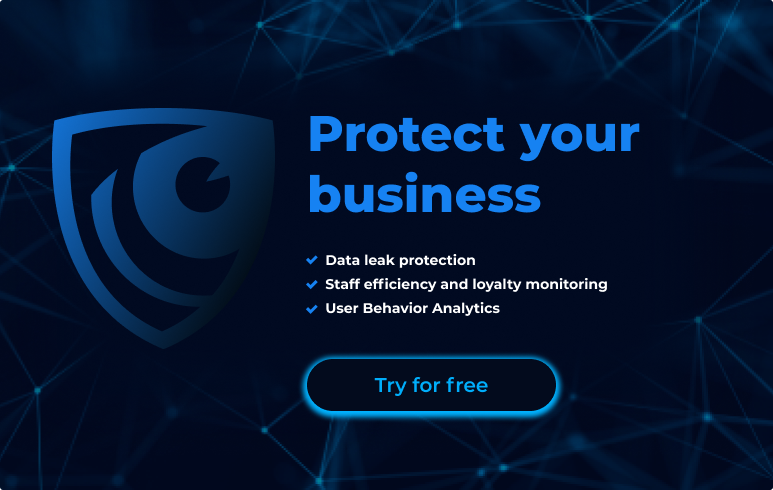
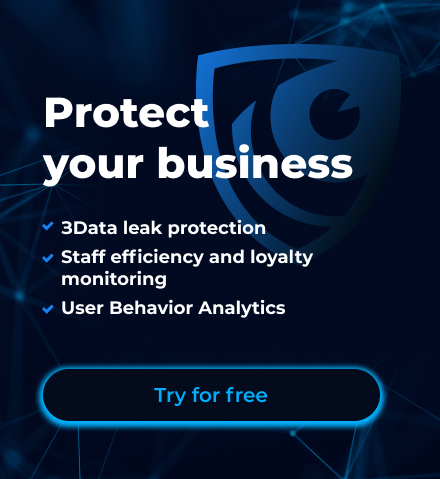
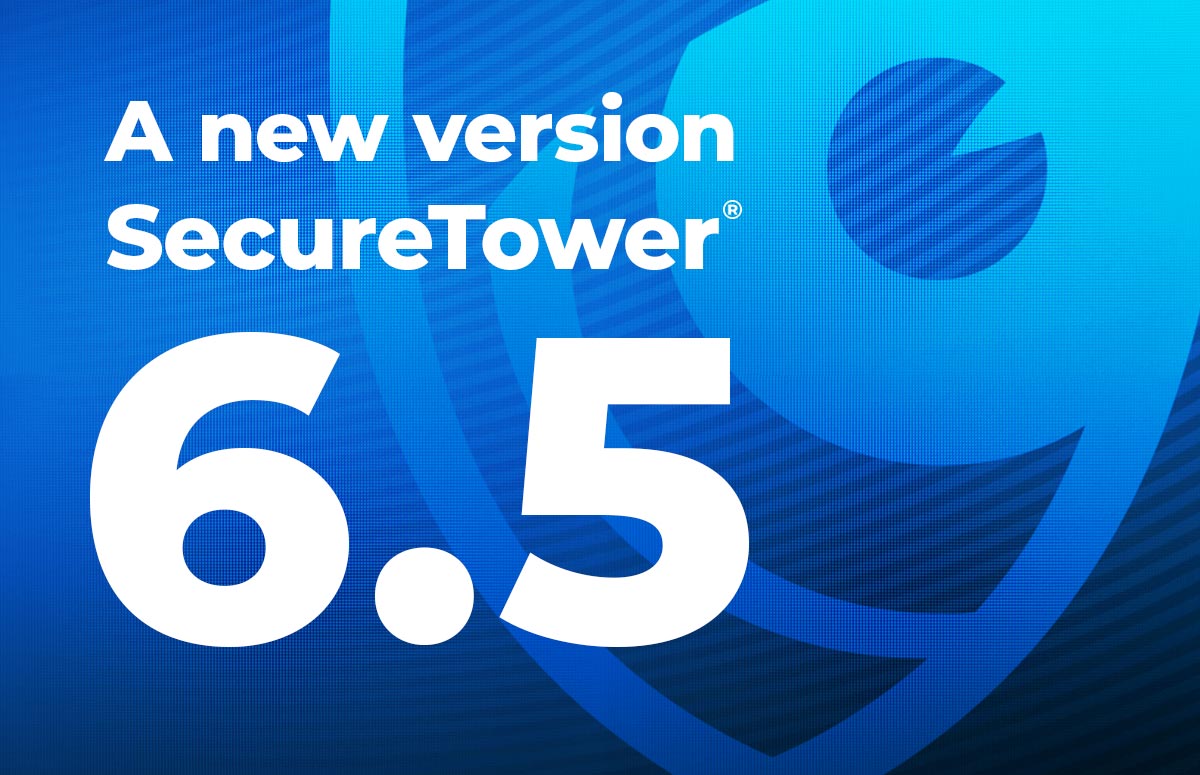


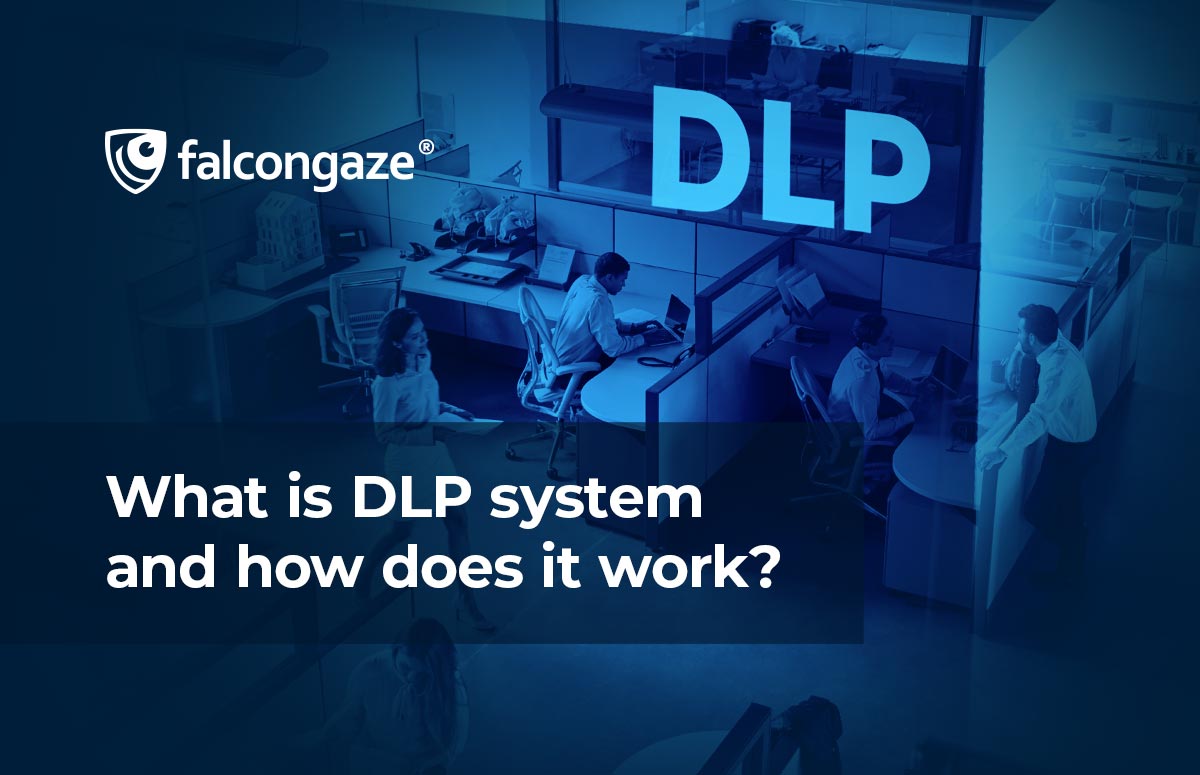
.png)





